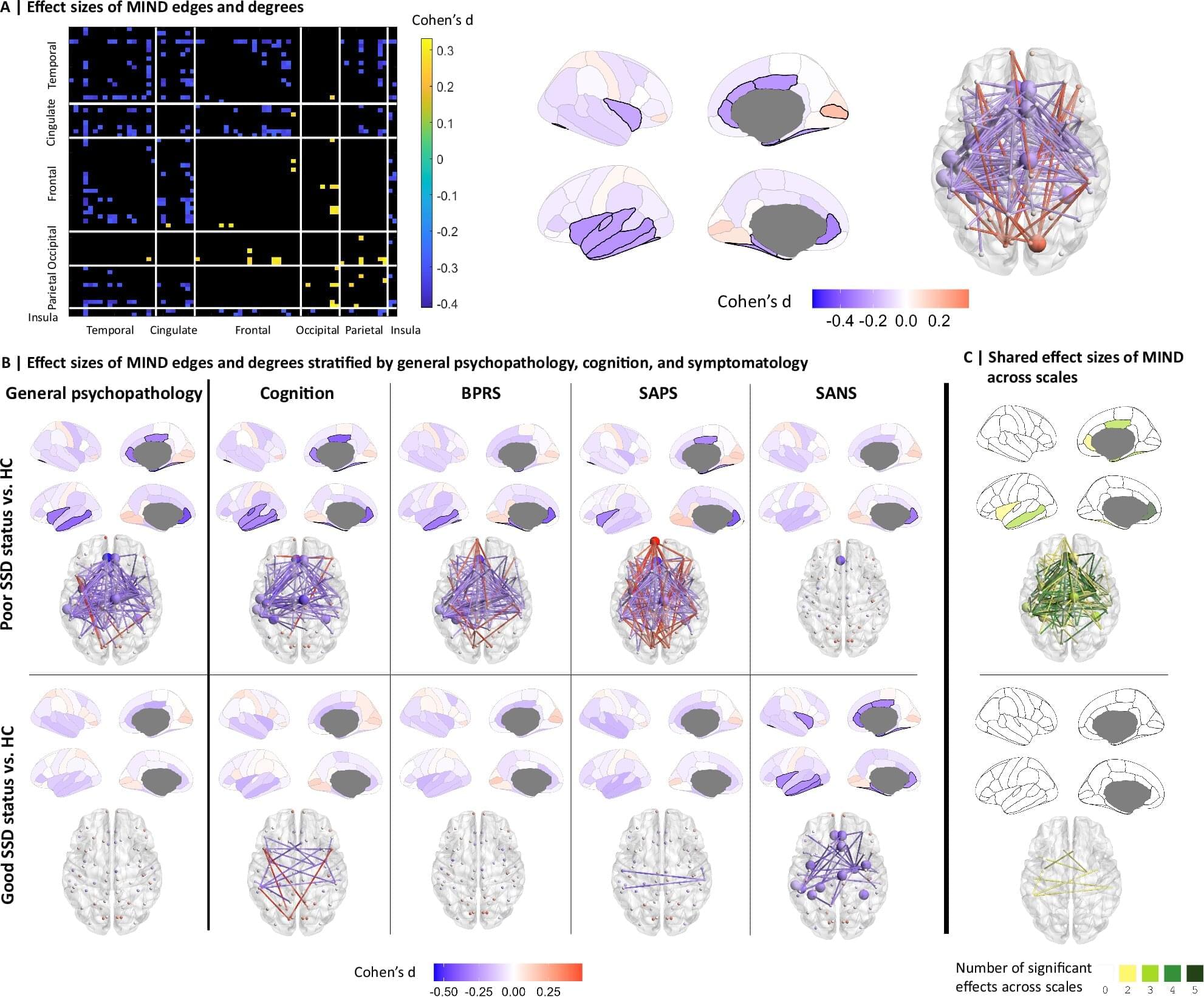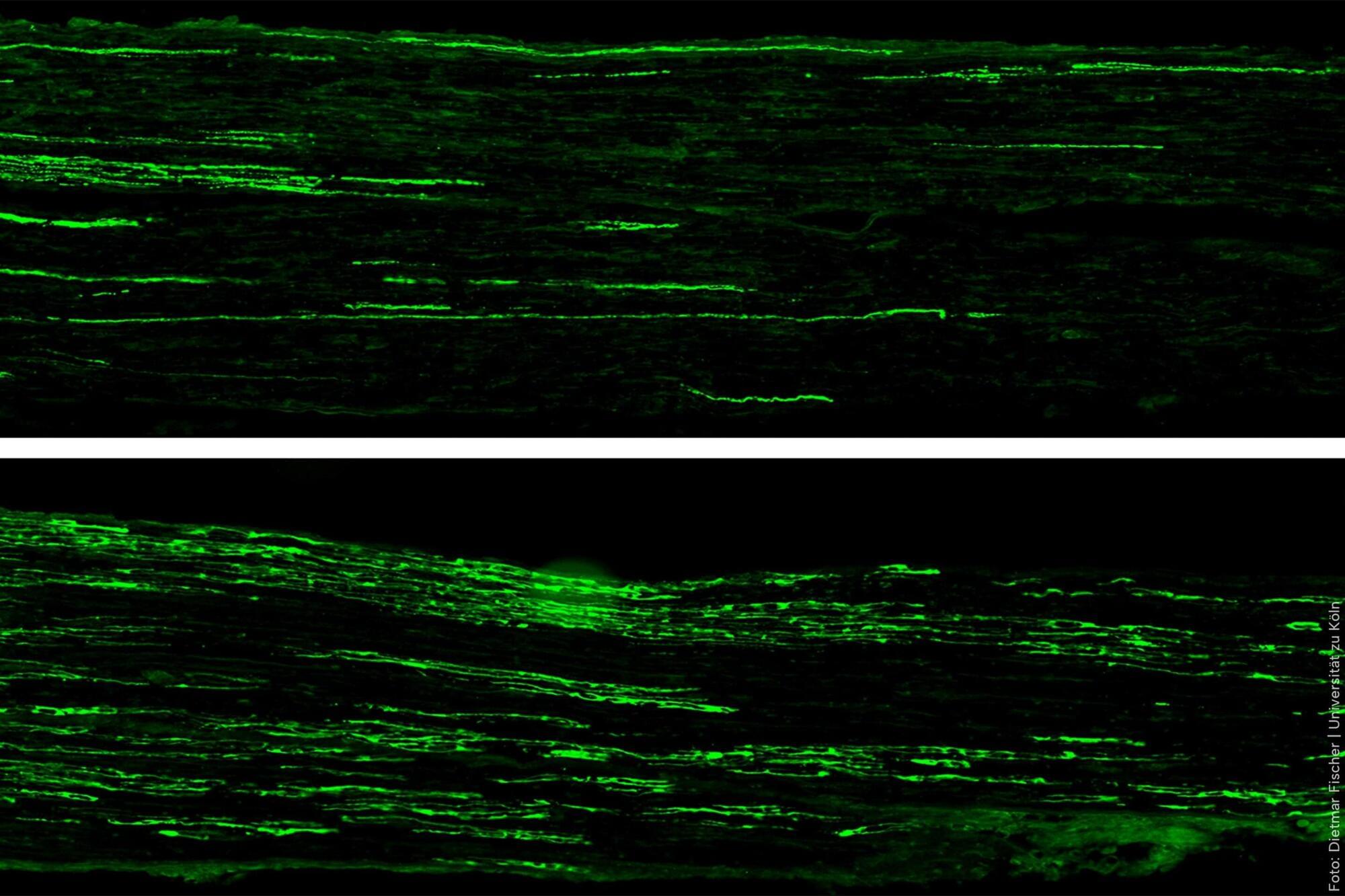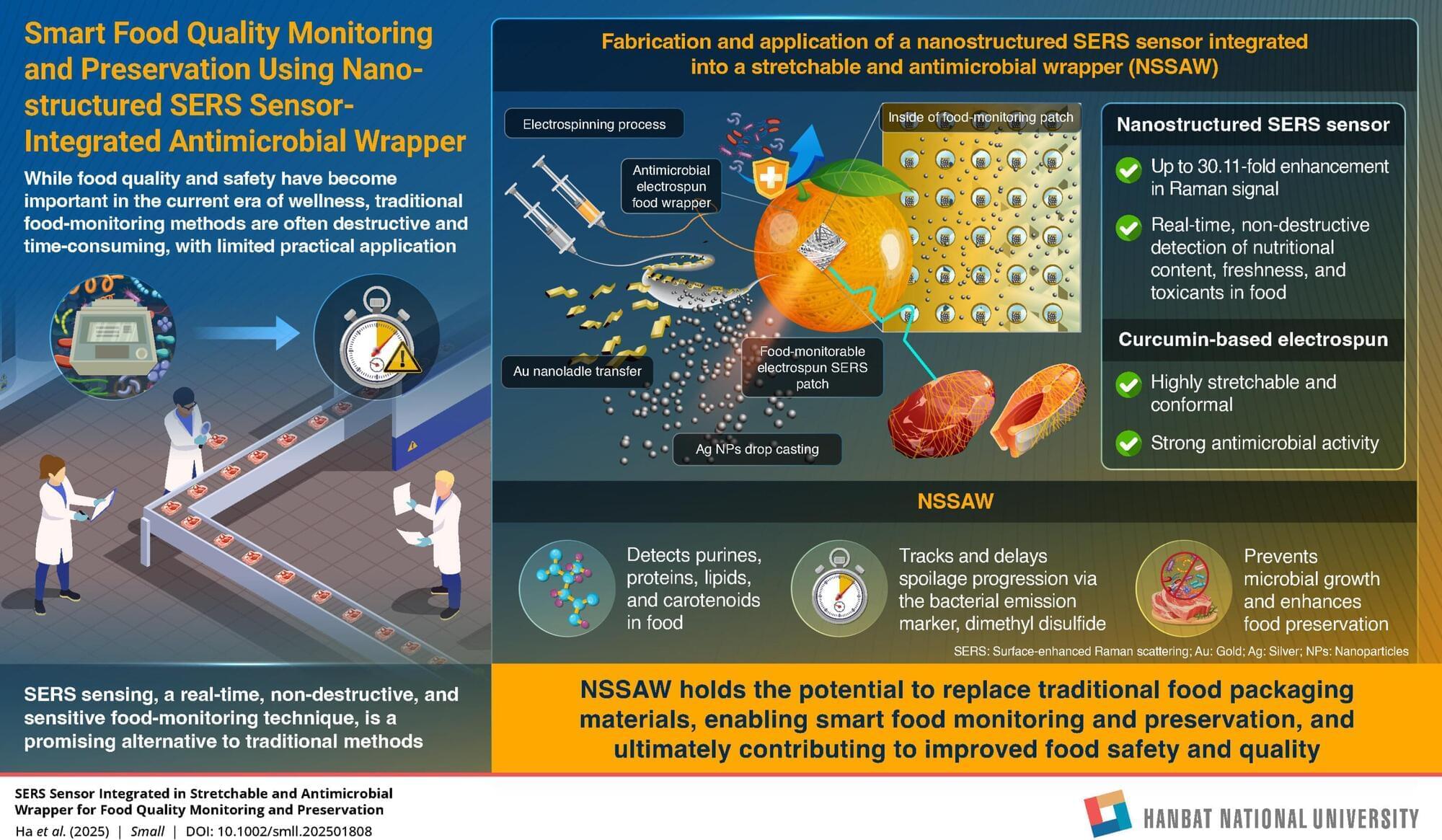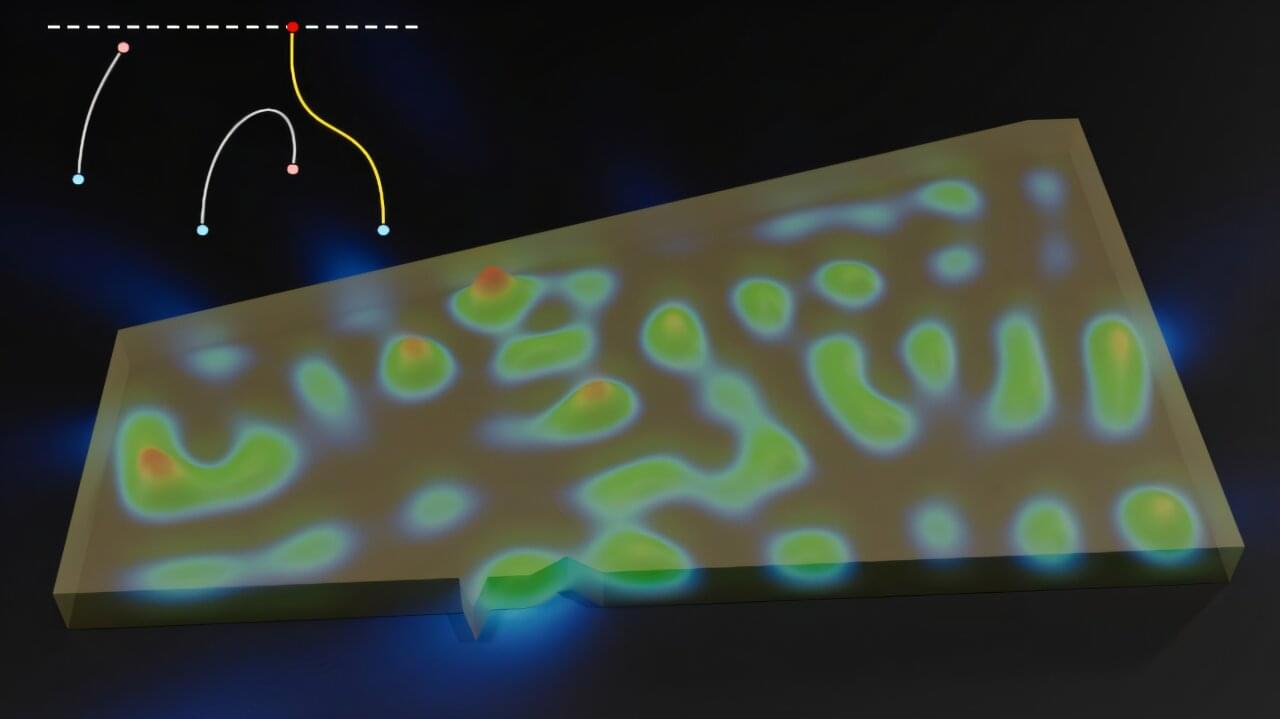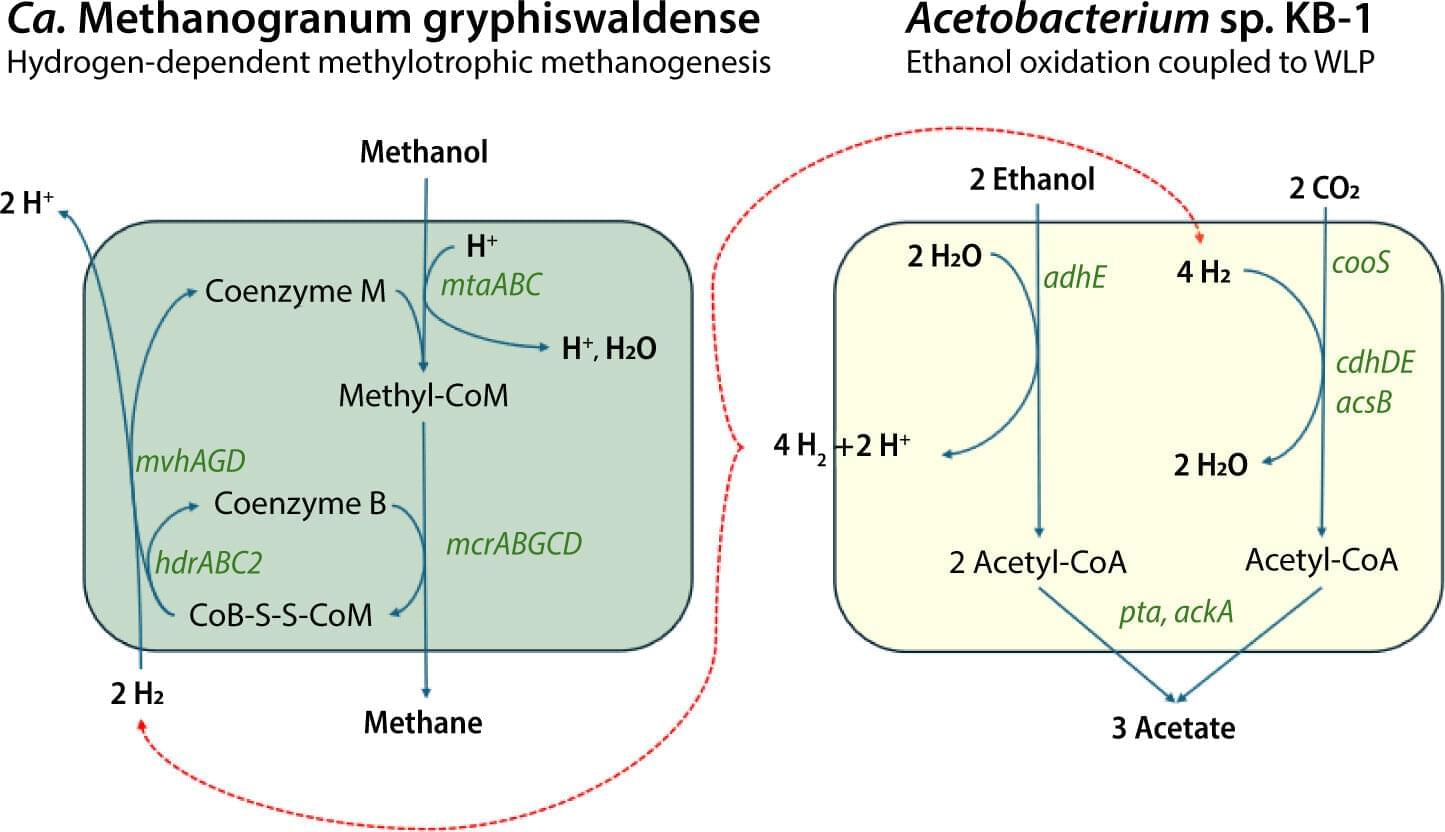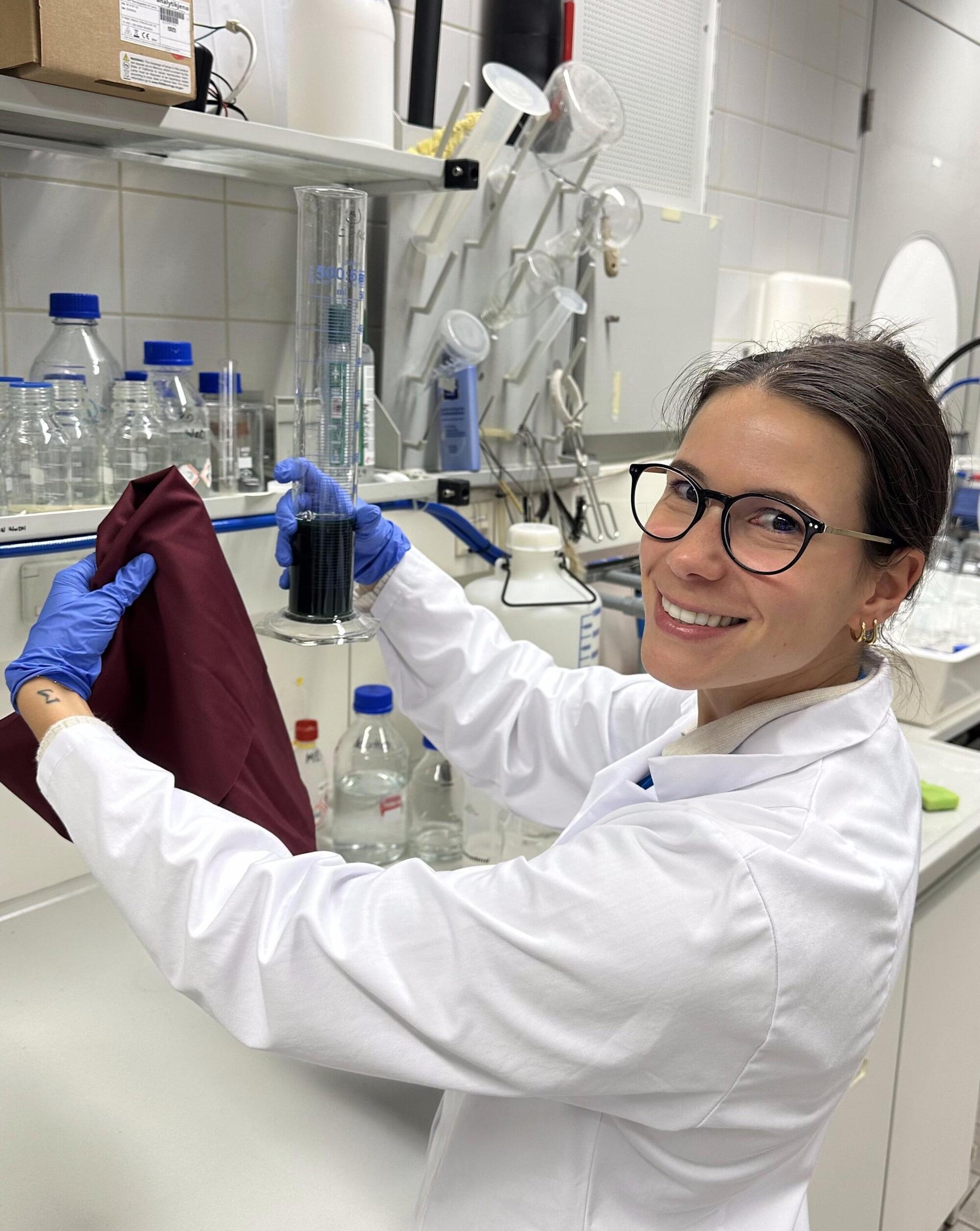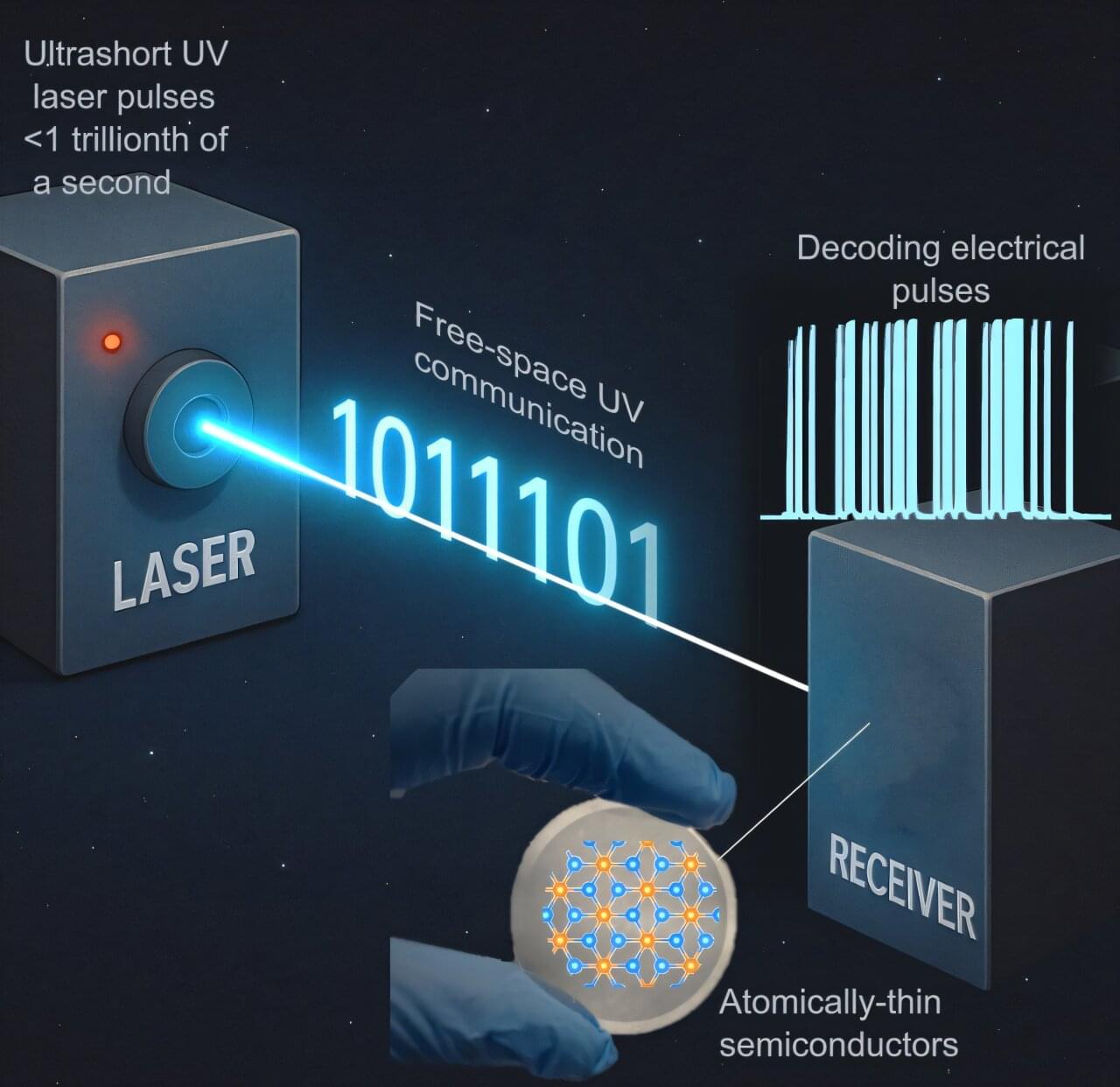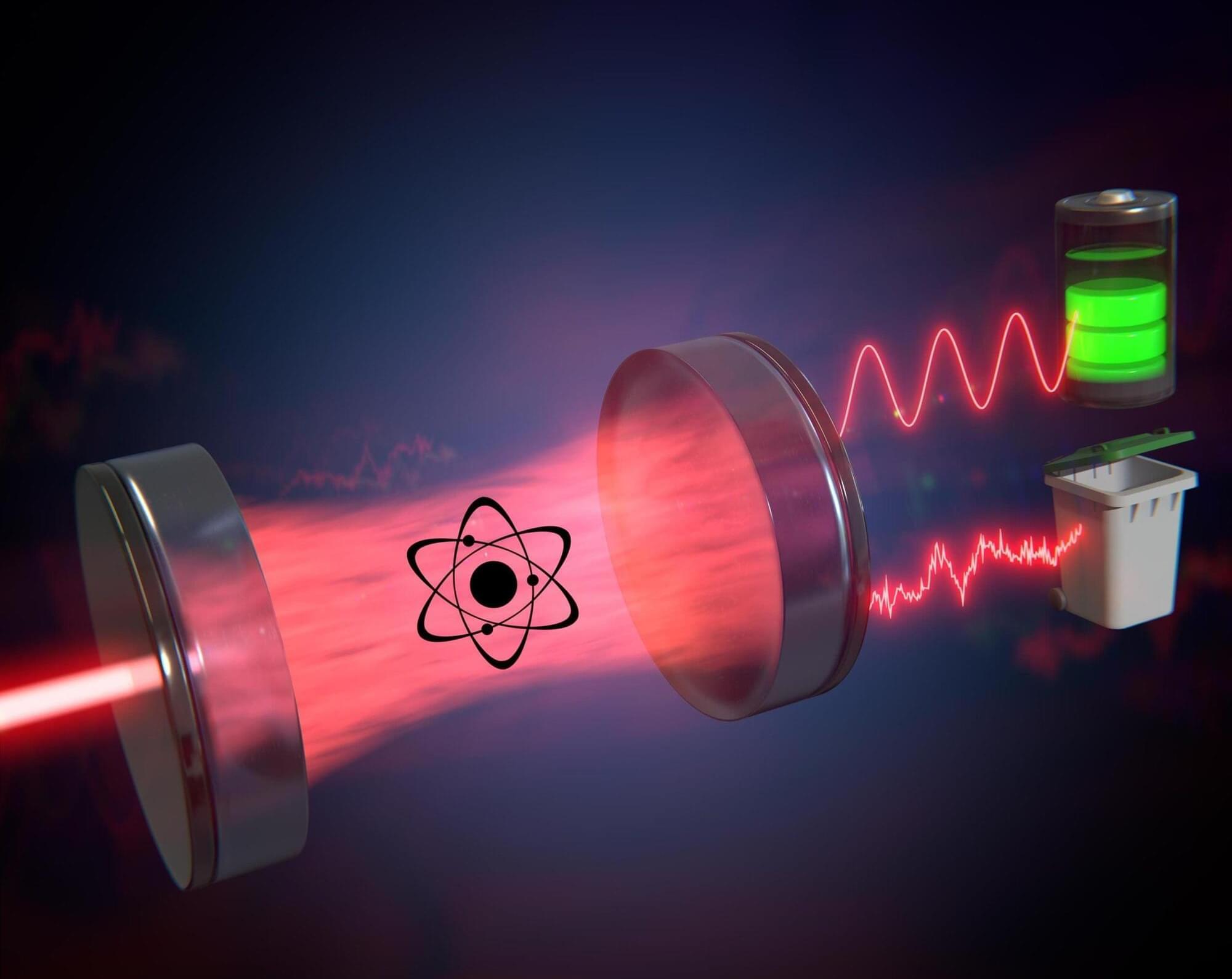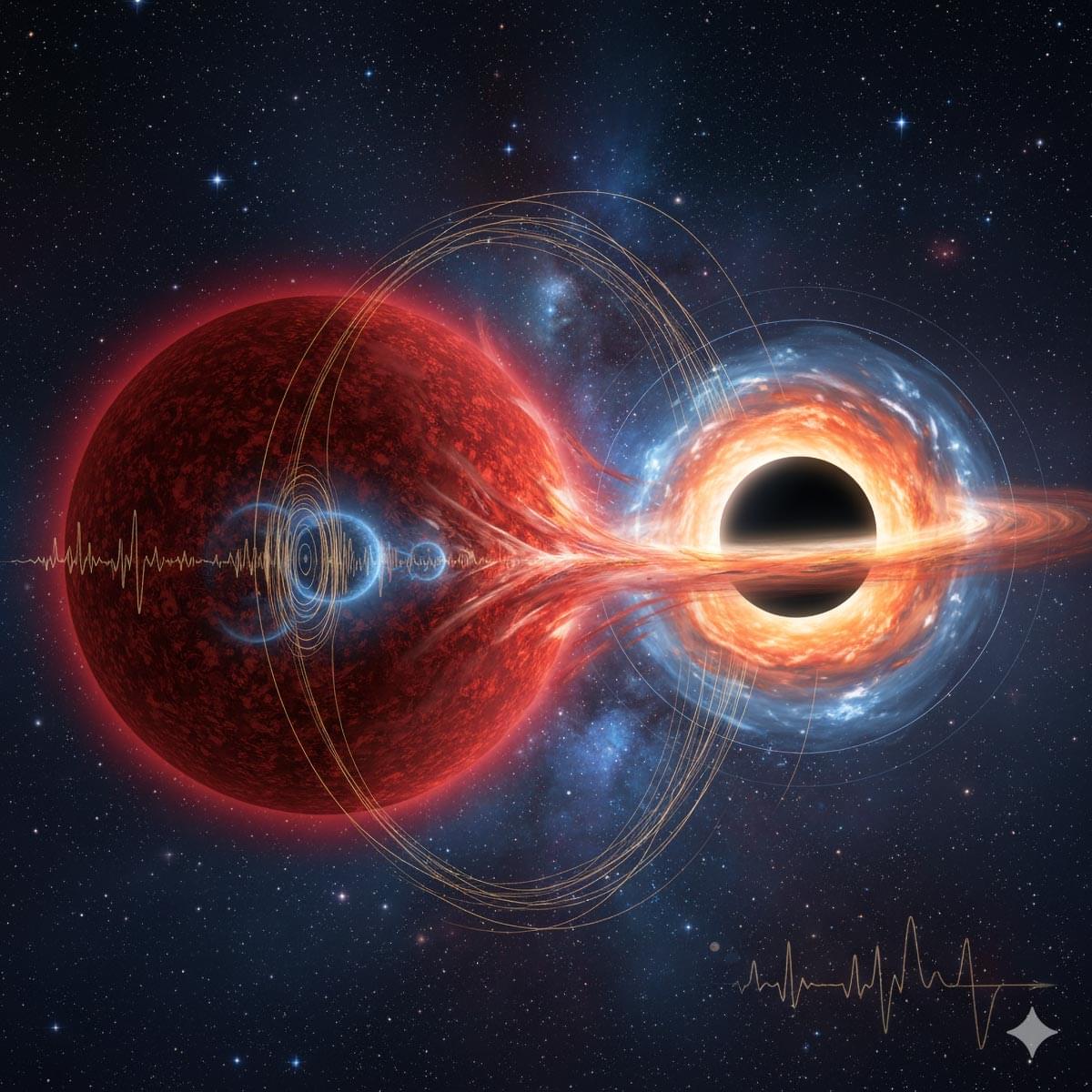Researchers at the Department of Mechanical Engineering, Seoul National University, have applied the principle of interlacing to an origami-inspired structure and developed a “Foldable-and-Rollable corruGated Structure (FoRoGated-Structure)” that can be smoothly folded and rolled up for compact storage while maintaining very high strength when deployed. The study was published in the journal Science Robotics on November 26.
The team was led by Professor Kyu-Jin Cho—Director of the Human-Centered Soft Robotics Research Center and a founding member of the SNU Robotics Institute (SNU RI).
